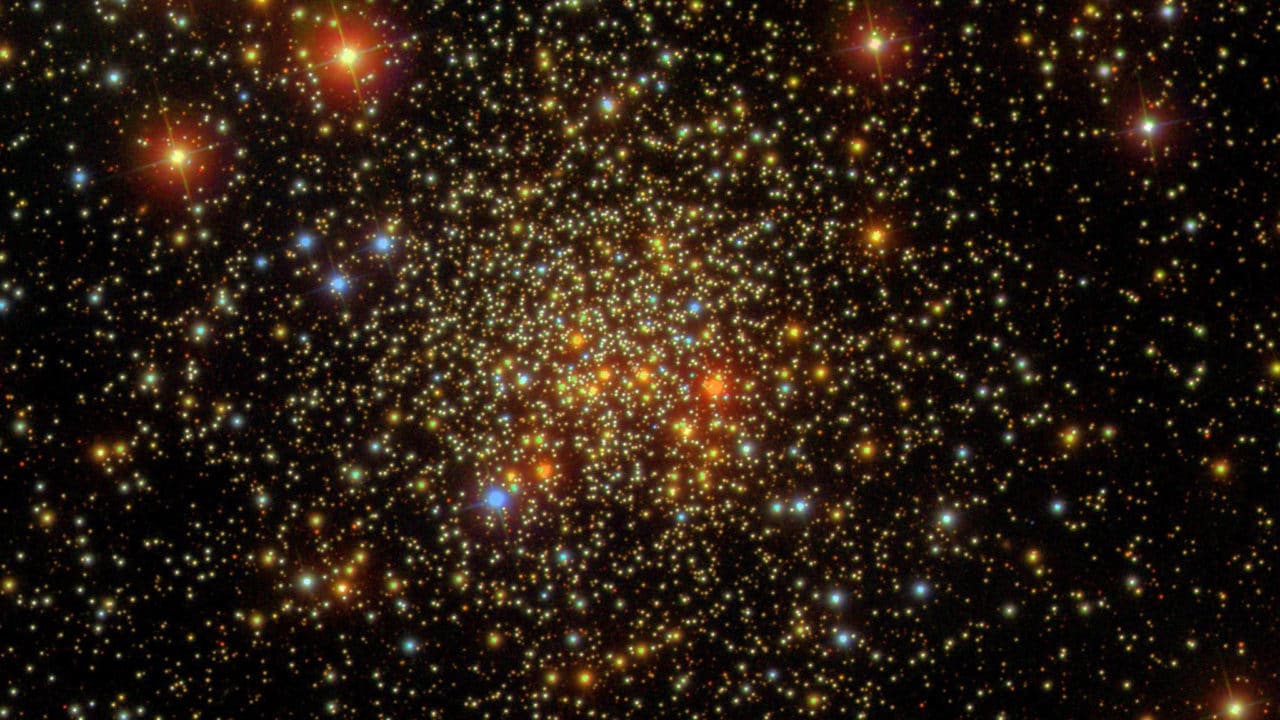The gallery of galaxy images astronomers produce is multiplying faster than the number of selfies on a teen’s new smartphone.
Millions of these images have already been collected by astronomy surveys. But the volume is spiraling with projects like the recent Dark Energy Survey and upcoming Legacy Survey of Space and Time, which will capture billions more.
Volunteers flocked to a recent crowdsource project, Galaxy Zoo, to help classify over a million galaxy images from the Sloan Digital Sky Survey. But citizen science can carry astrophysics only so far.
“Galaxy Zoo was a very successful endeavor, but the rate at which next-generation surveys will gather data will make crowdsourcing methods no longer scalable,” said Asad Khan, a physics doctoral student at the University of Illinois at Urbana-Champaign. “This is where human-in-the-loop techniques present an approach to guide AI to data-driven discovery, including image classification.”
Using transfer learning from the popular image classification model Xception, Khan and his fellow researchers developed a neural network that categorizes galaxy images as elliptical or spiral with expert-level accuracy. Classifying galaxy shapes helps scientists determine how old they are. It can also help them understand more complex questions about dark energy and how fast the universe is expanding.
Automating elements of galaxy classification enables astrophysicists to spend less time on basic labeling and focus on more complex research questions.
The research — the first application of deep transfer learning for galaxy classification — was one of six projects featured at the Scientific Visualization and Data Analytics Showcase at SC19, the annual supercomputing trade show.
AI Wrinkle in Time
The researchers trained the deep learning network on around 35,000 galaxy images from the Sloan Digital Sky Survey. Using Argonne National Laboratory’s Cooley supercomputer, which is equipped with dozens of NVIDIA data center GPUs, the team accelerated neural network training from five hours to just eight minutes.
When tested on other images from the Sloan Digital Sky Survey, the AI achieved 99.8 percent accuracy for classifying images as either elliptical or spiral galaxies — an improvement compared to neural networks trained without transfer learning.
Using a single NVIDIA V100 Tensor Core GPU for inference, the team was able to classify 10,000 galaxies in under 30 seconds.
“We can already start using this network, or future versions of it, to start labeling the 300 million galaxies in the Dark Energy Survey,” Khan said, “With GPU-accelerated inference, we could classify all the images in no time at all.”
Khan and his team also developed a visualization to show how the neural network learned during training.
“Even if deep learning models can achieve impressive accuracy levels, when AI does make a mistake, we often don’t know why,” he said. “Visualizations like these can serve as a heuristic check on the network’s performance, providing more interpretability for science communities.”
The researchers next plan to study how the morphology of galaxies change with redshift, a phenomenon caused by the expansion of the universe.
Main image from the Sloan Digital Sky Survey, licensed from Wikimedia Commons under Creative Commons (CC BY 4.0).
